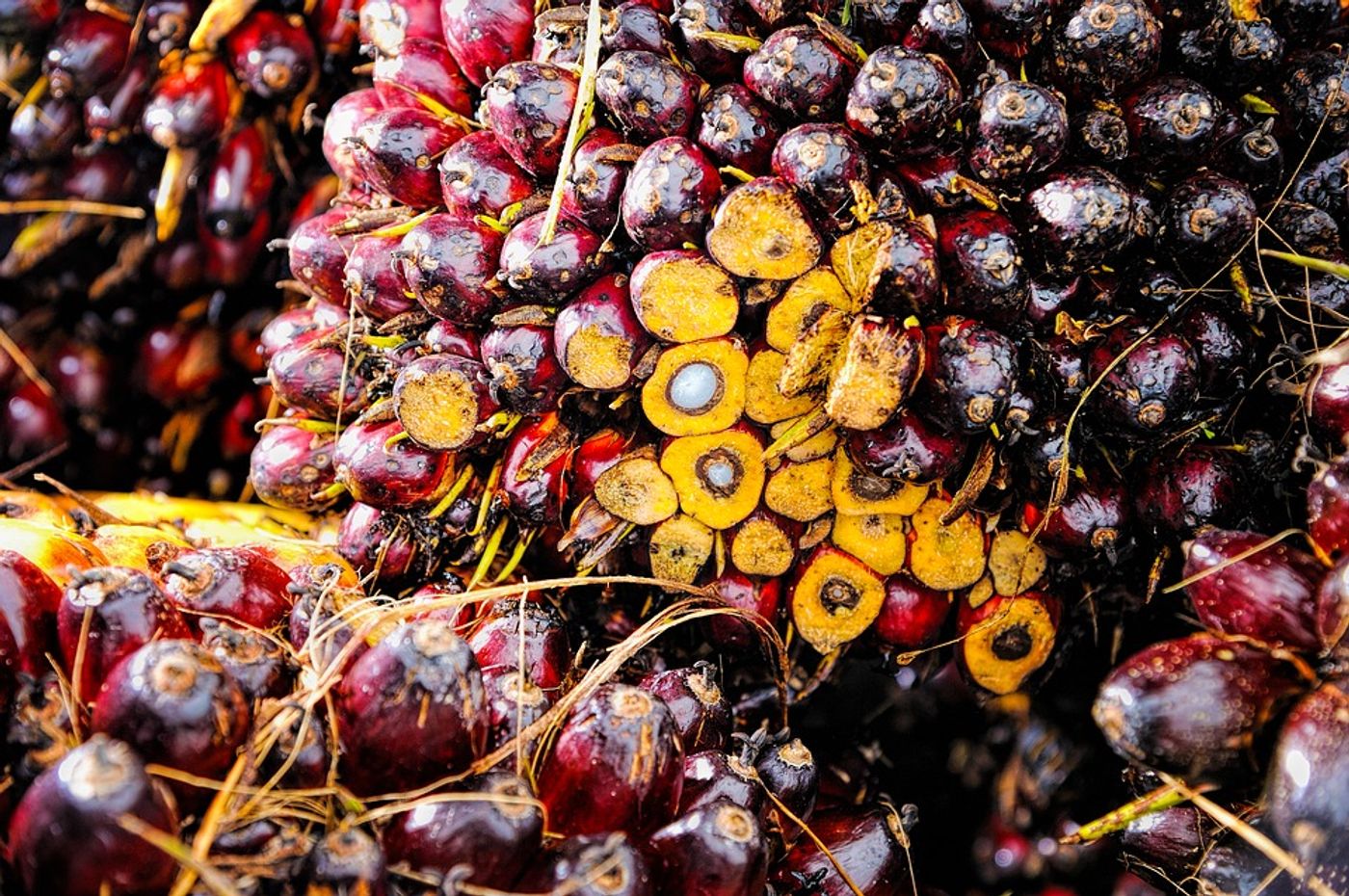Bioenergy crops are hurting global biodiversity
New research published in the Proceedings of the National Academy of Sciences suggests that bioenergy crop production may not be as eco-friendly as once thought. According to the study from a collaboration of scientists, including those from Durham University and the Technical University of Munich, Germany, large-scale bioenergy crops are potentially causing just much harm to vertebrate biodiversity globally as climate change.
"While bioenergy is clearly an important tool for climate change mitigation, the potential impacts on biodiversity must not be ignored. A strong reliance on bioenergy to combat climate change could result in outcomes for biodiversity that are little better than would occur if we didn't implement bioenergy strategies, despite the consequent climate change implications. Instead, we should be thinking about how to swiftly and significantly reduce energy consumption if biodiversity is to be protected."
The study focused primarily on the impacts on vertebrate biodiversity as a result of land-use techniques. The cultivation of bioenergy crops, such as oil palm, maize and rapeseed, often involve the clearing of large swaths of forests and jungles that are crucial habitat for many species. For example, the researchers found that due to bioenergy crop expansion, we could expect to see a decrease in populations of vertebrate species including the hedgehog (44% potential loss), red squirrel (46% potential loss) and common starling (15% potential loss). The plight of the orangutan due to palm oil expansion has already been widely publicized.
Speaking about the research findings, co-author Stephen Willis, said: "We found that the combination of climate change and large-scale expansion of bioenergy crops would together threaten about 36% of the habitats of all global vertebrate species, including many that are already the subject of significant conservation work.”
In order to reach their conclusions, the team of scientists analyzed different scenarios of warming. The first examined a scenario in which the world greatly depends on bioenergy and warms roughly 1.5 degrees Celsius by 2100. The second compares biodiversity in a world three degrees warmer by 2100 with a very limited use of bioenergy.
Lead author Dr. Christian Hof, explains the significance of their findings: "In order to limit climate change in this way, we would need to cultivate bioenergy crops on approximately 4.3 % of the global land area by 2100 -- which corresponds to almost one-and-a-half times the area of all EU countries combined. This would severely affect the biodiversity currently found in these regions. The reduction of the negative effects of climate change achieved by the maximum use of bioenergy is not enough to offset this loss of biodiversity."
The authors urge that biodiversity must become a critical factor for consideration when undertaking further bioenergy cropland expansion.
Sources: Science Daily, Proceedings of the National Academy of Sciences









